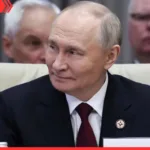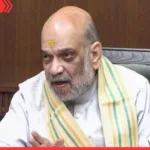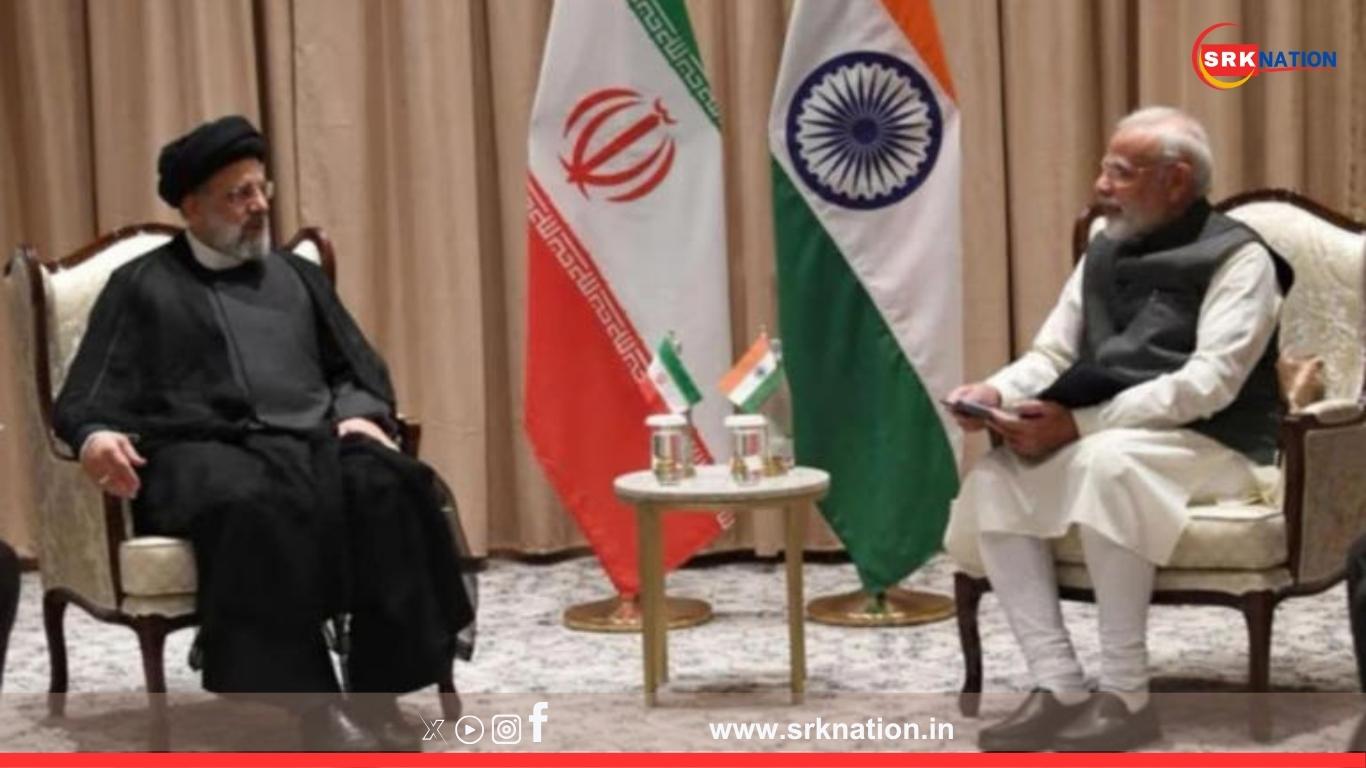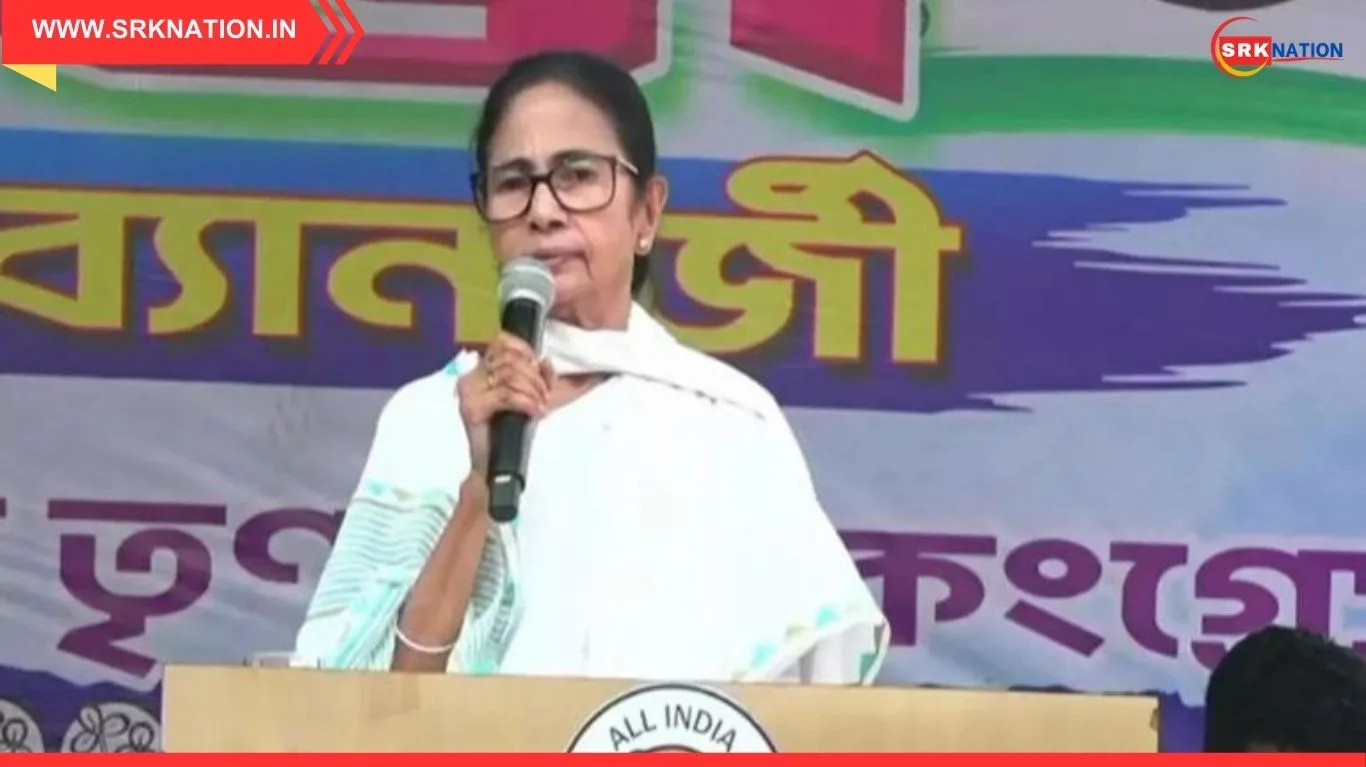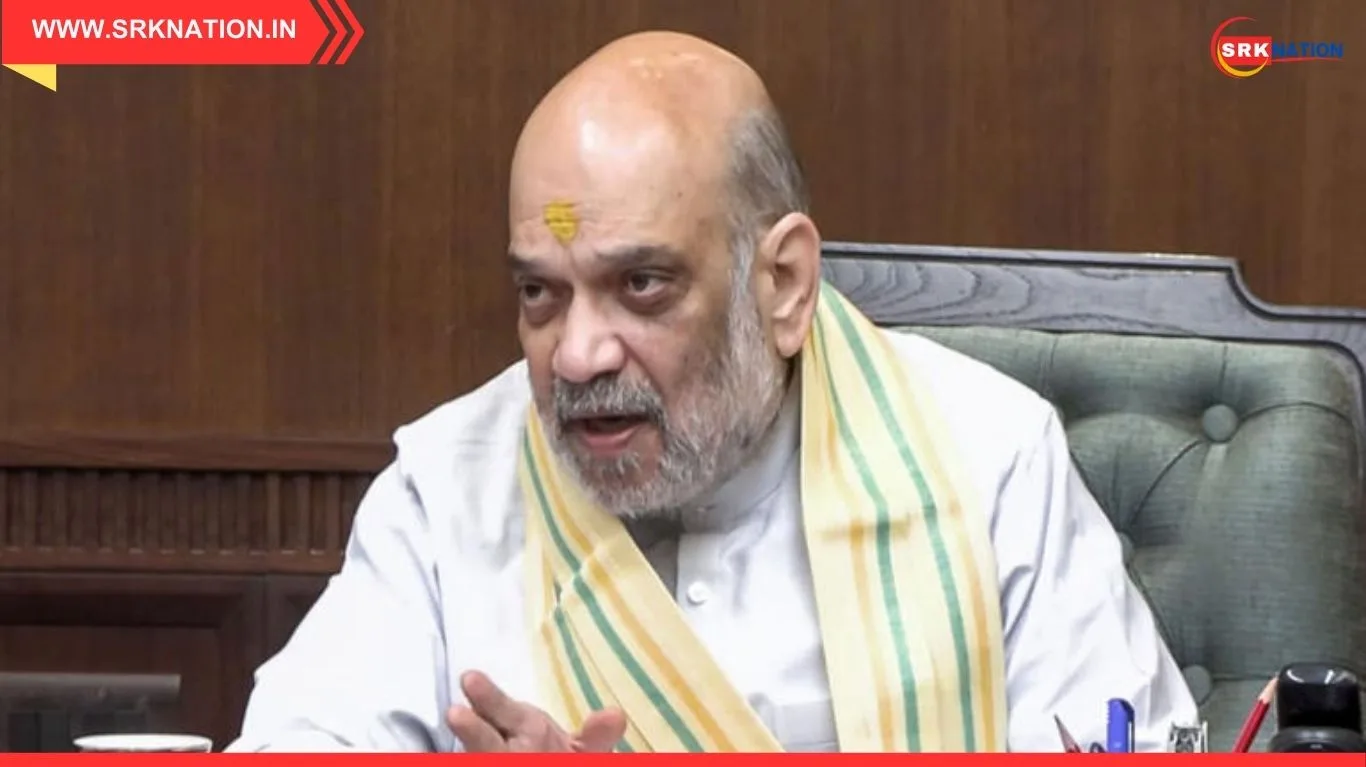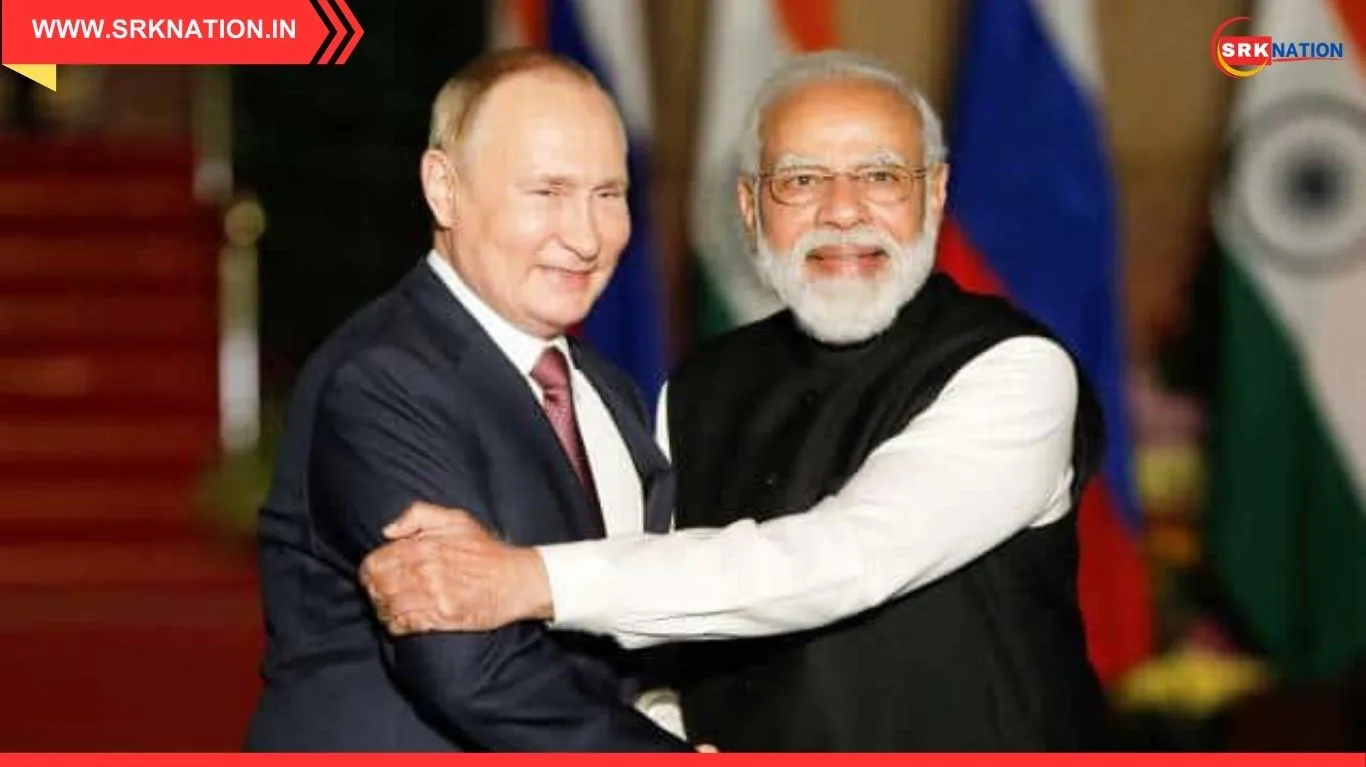India’s position on Iran’s nuclear programme has undergone a significant transformation over the past two decades—from voting against Tehran in 2005 to abstaining in 2024, reflecting New Delhi’s nuanced balancing act amid shifting geopolitical dynamics.
🗳️ 2005: India Votes Against Iran at IAEA
On September 24, 2005, India joined 21 other nations in voting for an International Atomic Energy Agency (IAEA) resolution that found Iran in non-compliance with its nuclear safeguards agreement. This marked a departure from India’s traditional non-aligned stance and was widely seen as aligning with the US and Western bloc, especially as India was then negotiating its civilian nuclear deal with Washington.
“India felt obligated to vote after urging the EU-3 (UK, France, Germany) to avoid immediate referral to the UN Security Council,” Indian officials later explained.
🧭 2024: India Abstains Amid Renewed Scrutiny
Fast forward to June 2024, India chose to abstain from another IAEA vote initiated by the US to censure Iran. While the resolution passed with 19 out of 35 votes, India was among the 16 countries that withheld support, signaling a more independent foreign policy and a desire to maintain strategic autonomy between its ties with Iran, Israel, and the US.
🔍 Strategic Calculations Behind the Shift
India’s evolving stance reflects a complex matrix of interests:
- Energy Security: Iran was once a key oil supplier to India before US sanctions halted imports.
- Regional Stability: India has invested in Iran’s Chabahar Port, vital for connectivity to Afghanistan and Central Asia.
- Global Image: India seeks to project itself as a responsible nuclear power while avoiding entanglement in great power rivalries.
🗣️ What Leaders Have Said
In 2006, then PM Manmohan Singh told Parliament:
“Iran has the legal right to develop peaceful nuclear energy… but must do so under IAEA safeguards”.
In contrast, India’s 2024 abstention came without public rebuke, underscoring a more cautious and calibrated approach.
Stay tuned for updates on India’s strategic positioning in West Asia.



